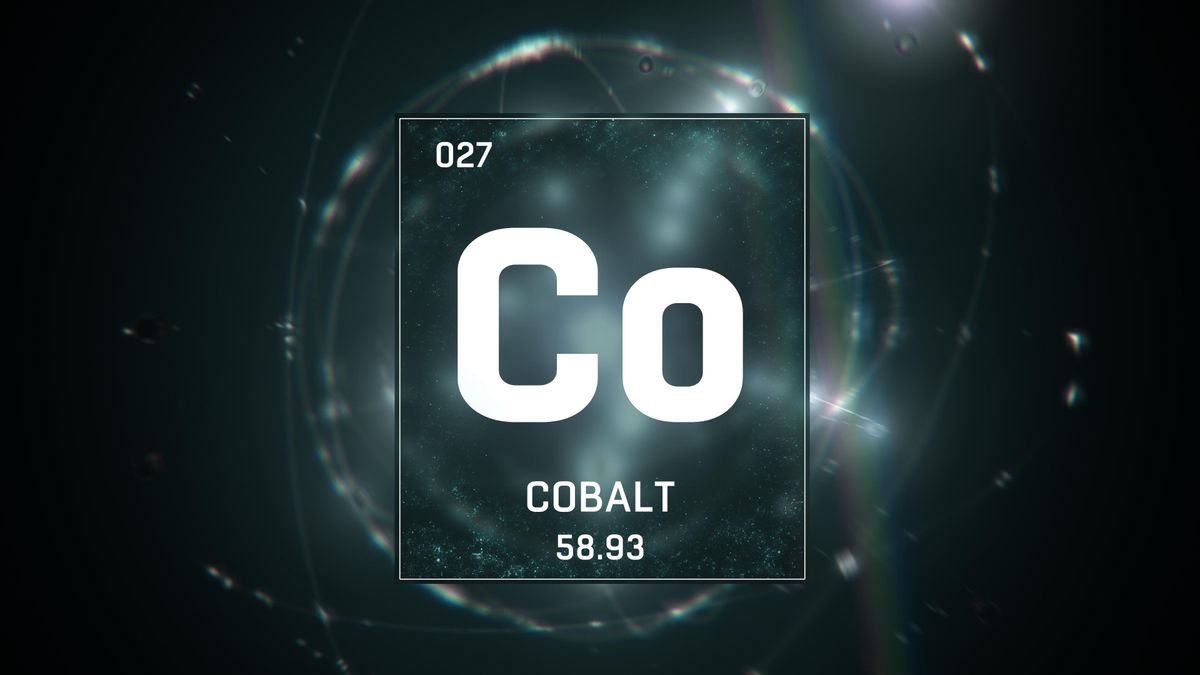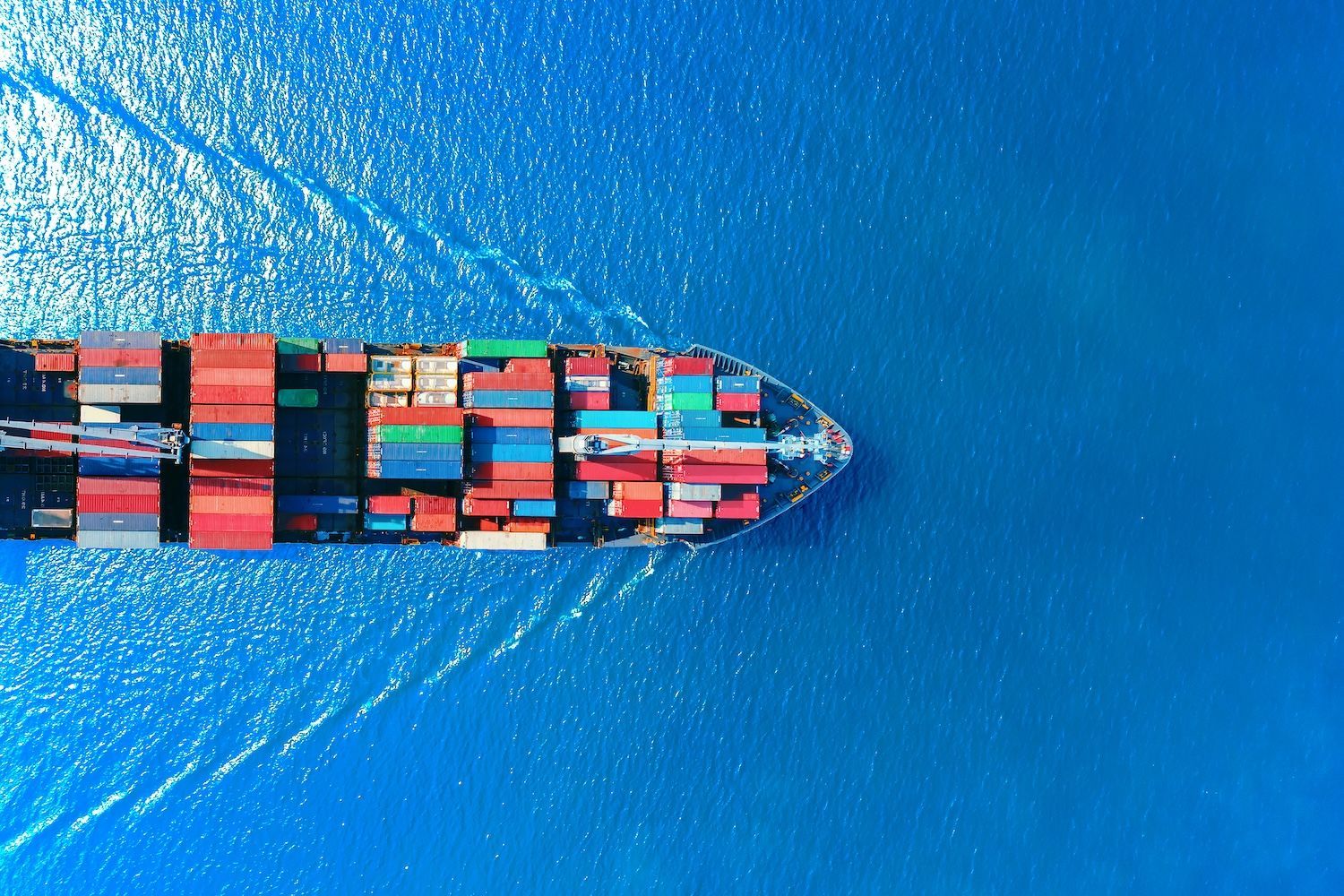Class 1 Nickel and Technologies Ltd. (CSE: NICOOTCQB: NICLF) ("Class 1 Nickel" or the "Company") is pleased to announce that it has exercised the option to acquire a 100% interest in the Somanike Property pursuant the option agreement dated September 24, 2019, as amended and restated April 27, 2020, between Legendary Ore Mining Corp. (a wholly-owned subsidiary of the Company) and Vanicom Resources Limited (the "Legendary Option Agreement"). Pursuant to the Legendary Option Agreement, the Company has exercised the option granted to Vanicom by Quebec Precious Metals Corporation ("QPMC") under an option agreement dated August 20, 2018, as amended (the "QPMC Option Agreement"), by paying Vanicom $1 plus reimbursing Vanicom for all expenses made on the Somanike Property prior to the Company exercising said option.
The Somanike Property consists of 110 mining titles covering 5146.06 hectares located in the Abitibi area of the Province of Quebec. The Legendary Option Agreement was entered into following a reorganization of Vanicom, whereby Vanicom divested its ownership of Legendary to Vanicom shareholders, which was completed on September 19, 2019.
The Company has previously issued 181,089 common shares of the Company ("Common Shares") to QPMC and 53,846 Common Shares to Globex Mining Enterprises Inc. In order to exercise its option under the Legendary Option Agreement, the Company has paid QPMC an aggregate of $75,000 and has drilled the necessary 750m of core on certain claims held by Globex Mining Enterprises Inc.
Exploration in the Somanike Property has been largely dormant since the early 1970s following the closing of the Marbridge Ni-Cu Mine in 1968. Historical exploration programs focused on Ni-Cu with the majority of assays conducted for Ni and very limited Cu. The entire project area was not investigated by modern geophysical surveys until 2014 and 2015, when Sphinx Resources Ltd. ("Sphinx") flew a VTEM survey over the entire Somanike Property with the objective of identifying nickel-copper sulphide targets. Compilation of all historical drill data in conjunction with the new VTEM survey identified numerous targets and exploration programs were designed to test for Nickel and Copper.
About Class 1 Nickel:
Class 1 Nickel and Technologies Limited (CSE: NICO/OTCQB: NICLF) is a Mineral Resource Company focused on the development of its 100% owned Alexo-Dundonald Project, a portfolio of komatiite hosted magmatic nickel-copper-cobalt sulphide Mineral Resources located near Timmins, Ontario. The Company also owns the Somanike komatiite hosted nickel copper project in Quebec, which includes the famous Marbridge Mine.
For more information, please contact:
Benjamin Cooper, President
T: 416.454.0166
E: bcooper@class1nickel.com
For additional information please visit our website at www.class1nickel.com and our Twitter feed: @Class1Nickel.
Neither the Canadian Securities Exchange nor its regulation services provider has reviewed or accepted responsibility for the adequacy or accuracy of this press release.
This news release contains forward-looking information which is not comprised of historical facts. Forward-looking information is characterized by words such as "plan", "expect", "project", "intend", "believe", "anticipate", "estimate" and other similar words, or statements that certain events or conditions "may" or "will" occur. Forward-looking information involves risks, uncertainties and other factors that could cause actual events, results, and opportunities to differ materially from those expressed or implied by such forward-looking information. Factors that could cause actual results to differ materially from such forward-looking information include, but are not limited to, changes in the state of equity and debt markets, fluctuations in commodity prices, delays in obtaining required regulatory or governmental approvals, and other risks involved in the mineral exploration and development industry, including those risks set out in the Company's management's discussion and analysis as filed under the Company's profile at www.sedar.com . Forward-looking information in this news release is based on the opinions and assumptions of management considered reasonable as of the date hereof, including that all necessary governmental and regulatory approvals will be received as and when expected. Although the Company believes that the assumptions and factors used in preparing the forward-looking information in this news release are reasonable, undue reliance should not be placed on such information. The Company disclaims any intention or obligation to update or revise any forward-looking information, other than as required by applicable securities laws.





